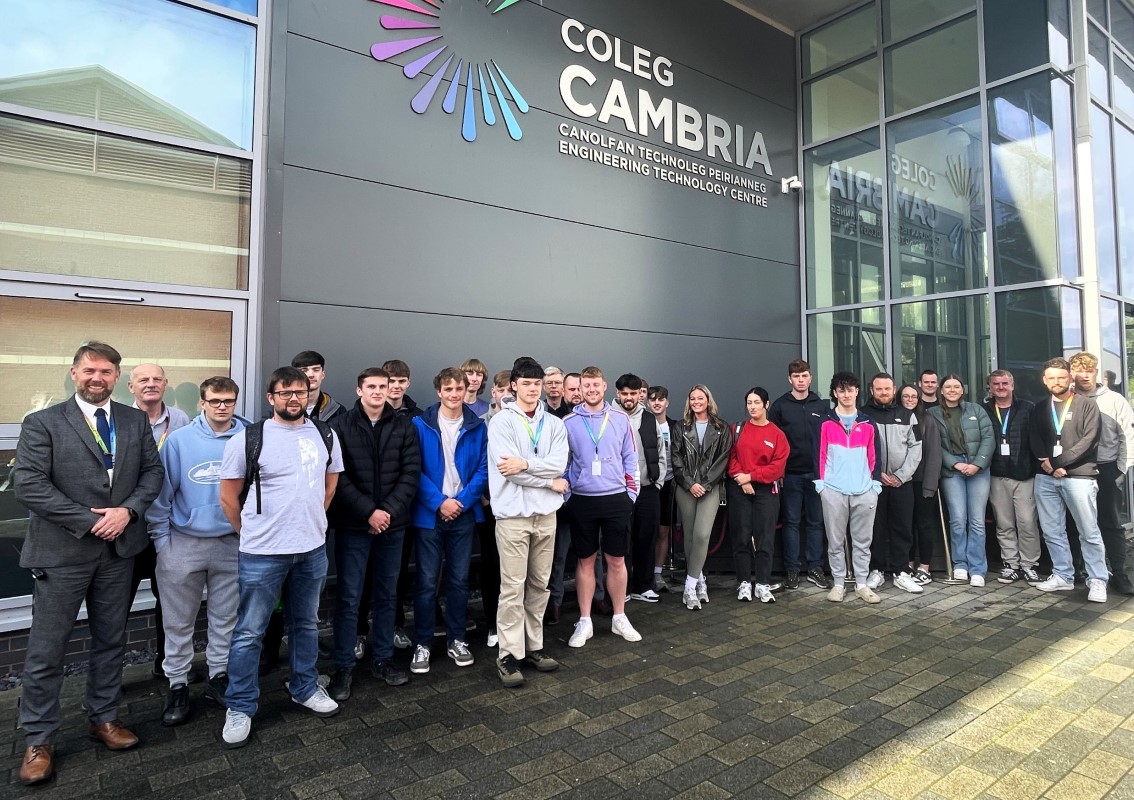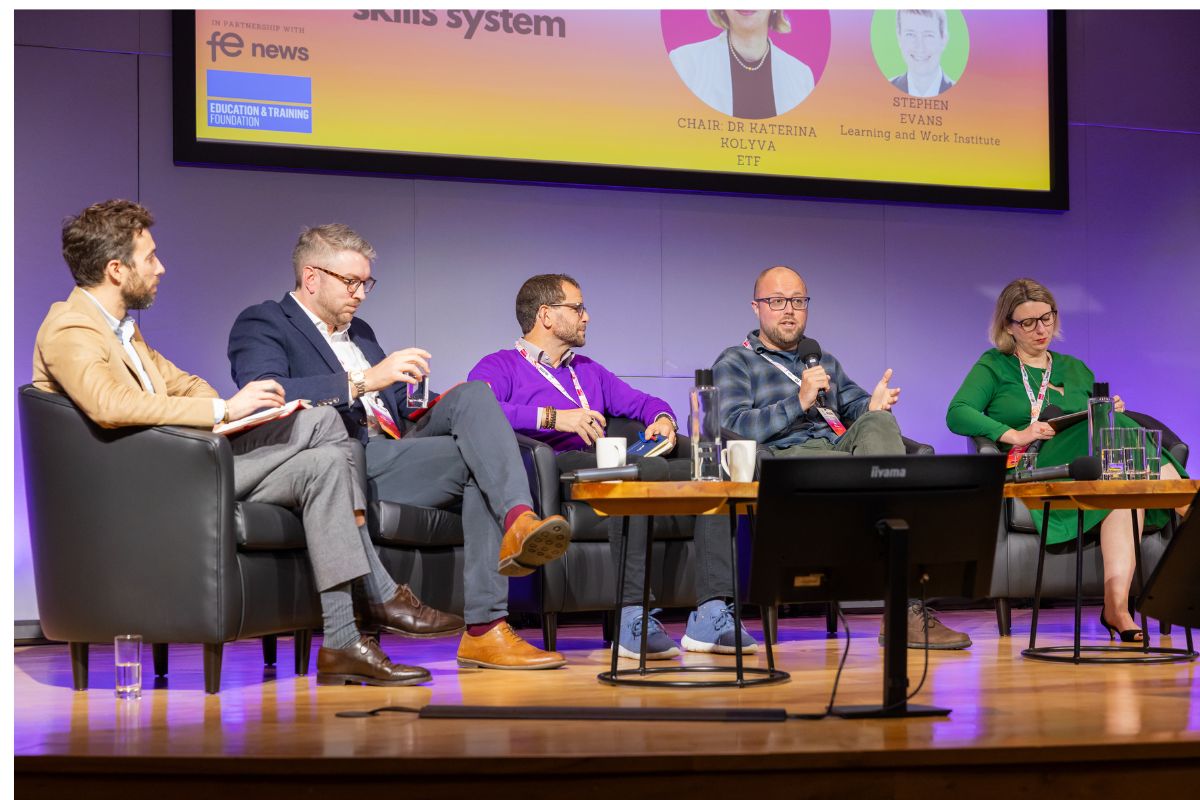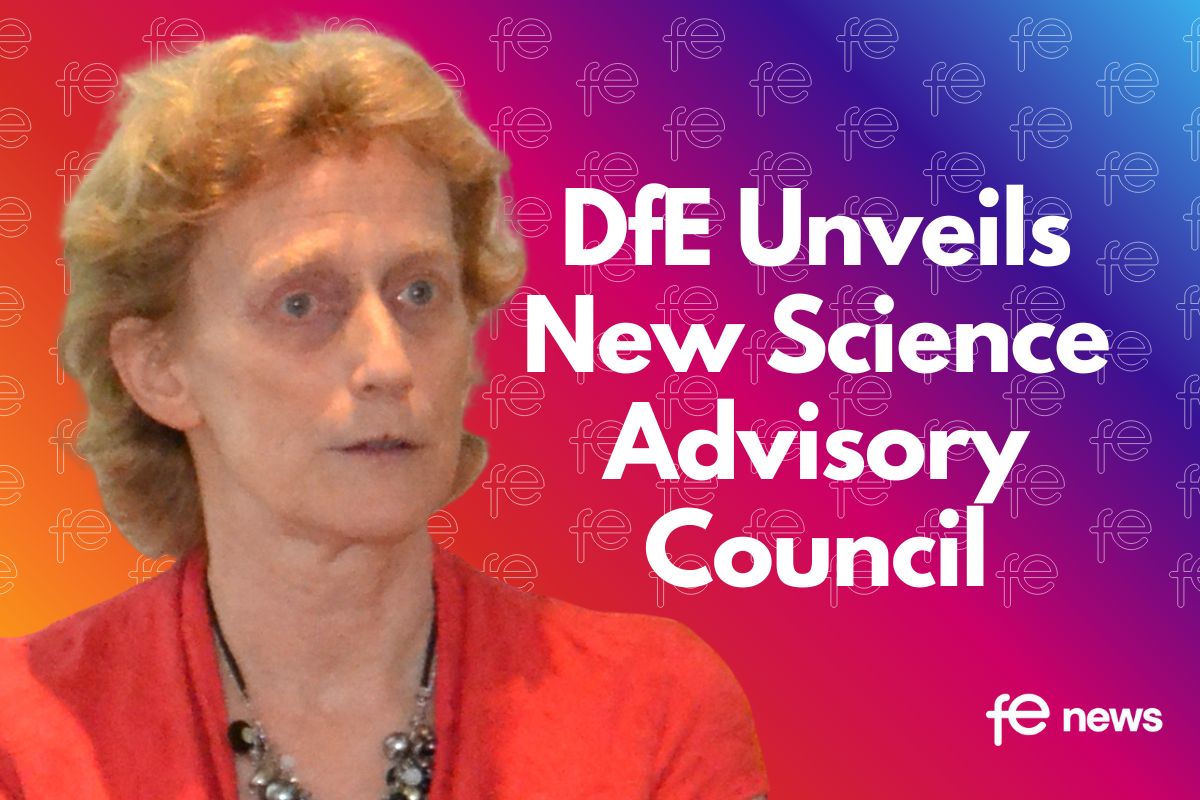Dare staff don the lycra?

The title is not a serious challenge, merely a clue to my book review…
A Review of the Book ‘Everyday Superhero‘ by Tony O’Driscoll and Gary Zamchick
This recent Penguin paperback holds a graphical (wonderfully Marvel Comics style) introduction to PCT (People Centred Transformation), an abstract process which can apparently implement real change. Less than 200 pages long, more than two thirds of the book relies on a hypothetical problem-solving episode within DOH Incorporated, suddenly caught up in a worldwide crisis. The saga’s main characters are given whimsical titles, not least a mentor named Trixt R and Procurement Officer Stuffy Muck. Principles appear in the book’s closing pages, where the ten elements of PCT are explained.
Yes, it’s an amusing quirky style of writing that will probably appeal to many readers of business/organizational theory. However, the fictitious case study did labour on an us-and-them message, stressing a hoped-for shift from one set of top-down principles (where characters repeat the mantra Do I make myself clear?) to a different, superior outlook represented by the authors’ PCT framework, shown on pages 168 to p177. In the main, do business/political/academic executives eagerly relinquish their grasp on how things get done – or does power partly explain why altruistic superheroes and substantial change are rare?
With regards to a summary sketch (p166), intriguing phrases like ‘Decentralize decision-making’ and ‘Catalyse the network’ are a tad unclear, even if a minority of bosses are happy to tinker with arrangements which have previously allowed them to climb the corporate career ladder. Another hazy phrase is ‘Give others agency’. But which others, won’t they expect a salary increase, and improved flexible hours? Transformation expert Charlene Li sees agency (p173) as ‘permission to take independent action or make changes without approval’. Are all employees/managers ready to take on board the pressures of radical agency? Unfortunately, O’Driscoll and Zamchick’s explanatory paragraphs hold other issues – why must leaders motivate others with inspiration – somehow pulling their ‘intrinsic motivational levers’? Ouch! If working conditions are abysmal, will a few words of praise from some vice chancellor alighting from a BMW M5 make folk feel a whole lot better?
Two or three anonymised research studies from the real world rather than the end of the world would have been a welcome transformation to how this book was put together; and I believe feasible, given the authors’ approach has been used in Coca-Cola, IBM, and several other major companies. Such a rewrite of Everyday Superhero could have indicated how the PCT research jargon supported their investigations of terminology, problems, structure and values within client organizations – despite an incredible aim (p169) to seemingly not stress the problematic present.
By Neil Richardson











Responses